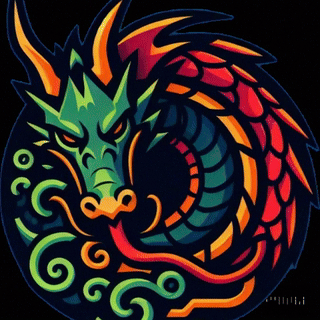Middle Kingdom
The Hierarchy of Egyptian Gods in the Middle Kingdom
Ancient Egyptian religion is one of the most intricate and fascinating belief systems in human history. During the Middle Kingdom period (circa 2055–1650 BCE), a restructuring of religious practices and theological ideas gave rise to a distinct pantheon with a complex hierarchy. This article explores the roles and relationships of the key gods in the Middle Kingdom, emphasizing their cultural and religious significance.
The Supreme Deity: Amun-Ra
During the Middle Kingdom, the god Amun rose to prominence, particularly in Thebes, and merged with the sun god Ra to form Amun-Ra. This synthesis represented the unification of local and universal divine powers. Amun-Ra became the supreme god, embodying creation, kingship, and cosmic order ("maat"). His prominence was not only theological but also political, as rulers sought to associate themselves with his divine authority to legitimize their reign.
Further reading:
Osiris: The God of the Afterlife
Osiris, the god of the afterlife, resurrection, and fertility, held a central position in Middle Kingdom religion. He symbolized the cycle of death and rebirth and was believed to be the first king of Egypt, later murdered by his brother Seth. Osiris’s resurrection by his wife, Isis, underscored themes of renewal and eternal life. His association with the afterlife made him particularly important in funerary practices.
Further reading:
Isis: The Mother Goddess
Isis, the wife of Osiris and mother of Horus, was revered as a powerful deity of magic, healing, and protection. Her role as the archetypal mother and her association with divine kingship reinforced her importance in both public worship and personal devotion. Isis was seen as a protector of the dead and a guide for the living.
Further reading:
Horus: The Divine Protector of Kings
Horus, the falcon-headed god, was closely associated with kingship and protection. As the son of Isis and Osiris, Horus avenged his father’s death and reclaimed the throne of Egypt. Every pharaoh was considered a manifestation of Horus on earth, linking the divine realm with human governance.
Further reading:
Seth: The God of Chaos
Seth, the god of chaos, deserts, and storms, played a dual role as both a necessary force and a disruptive one. Despite being cast as the antagonist in the myth of Osiris, Seth was also venerated for his strength and protective qualities, particularly in defending Ra against the serpent Apophis.
Further reading:
The Ennead: The Great Nine Gods of Heliopolis
The Ennead was a group of nine deities worshipped primarily in Heliopolis. This grouping included Atum, Shu, Tefnut, Geb, Nut, Osiris, Isis, Seth, and Nephthys. Together, they represented the creation myth and the fundamental principles of life and death. The Ennead’s theological framework provided a cohesive narrative for understanding the universe.
Further reading:
Maat: The Embodiment of Order
Maat, both a goddess and a concept, represented truth, balance, and cosmic order. Pharaohs were tasked with upholding maat to ensure harmony in the world. Without maat, chaos ("isfet") would prevail, threatening the stability of the cosmos and society alike.
Further reading:
Conclusion
The Middle Kingdom saw the rise of a sophisticated religious hierarchy that reflected both political shifts and evolving theological ideas. By weaving mythology, governance, and personal spirituality, the Egyptians created a dynamic and enduring religious tradition. The gods not only defined the structure of the cosmos but also played integral roles in the lives of individuals and the state.
For further exploration, follow the provided links to reputable sources that delve deeper into these fascinating deities and their roles in Egyptian culture.
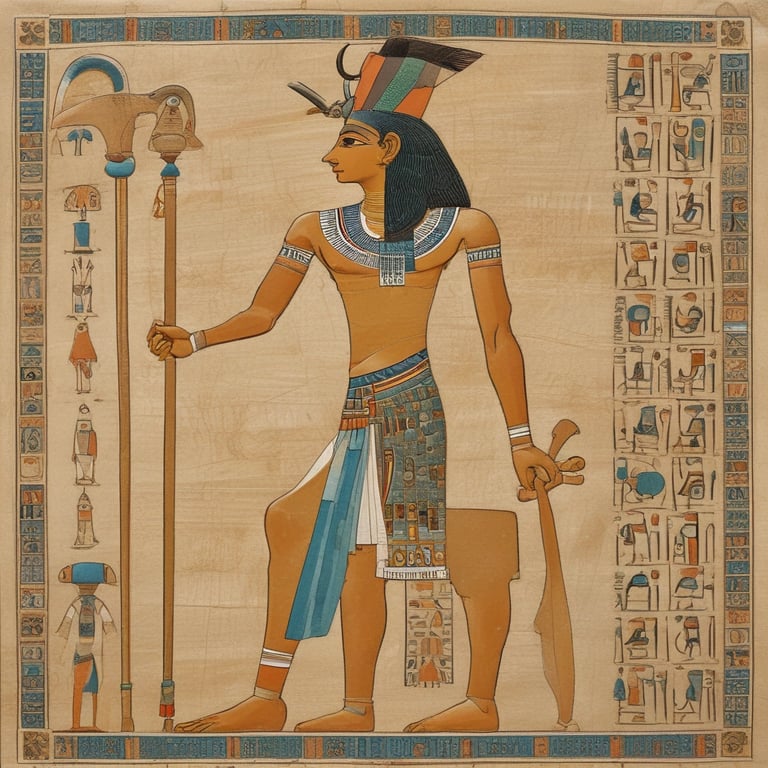

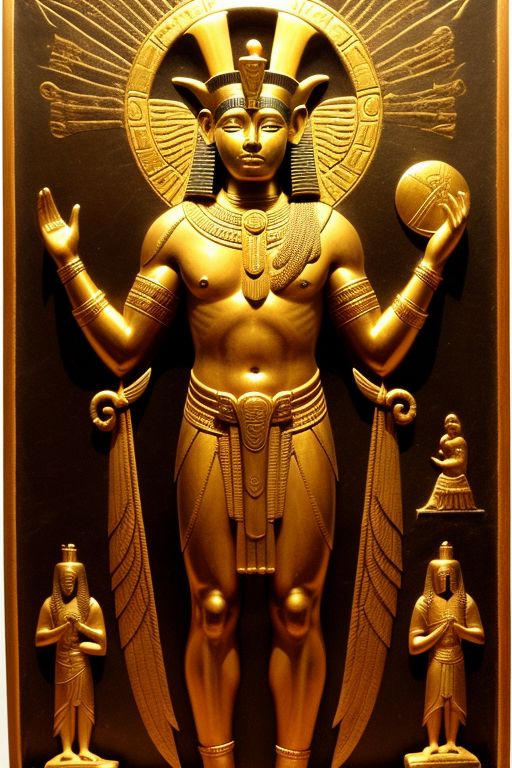

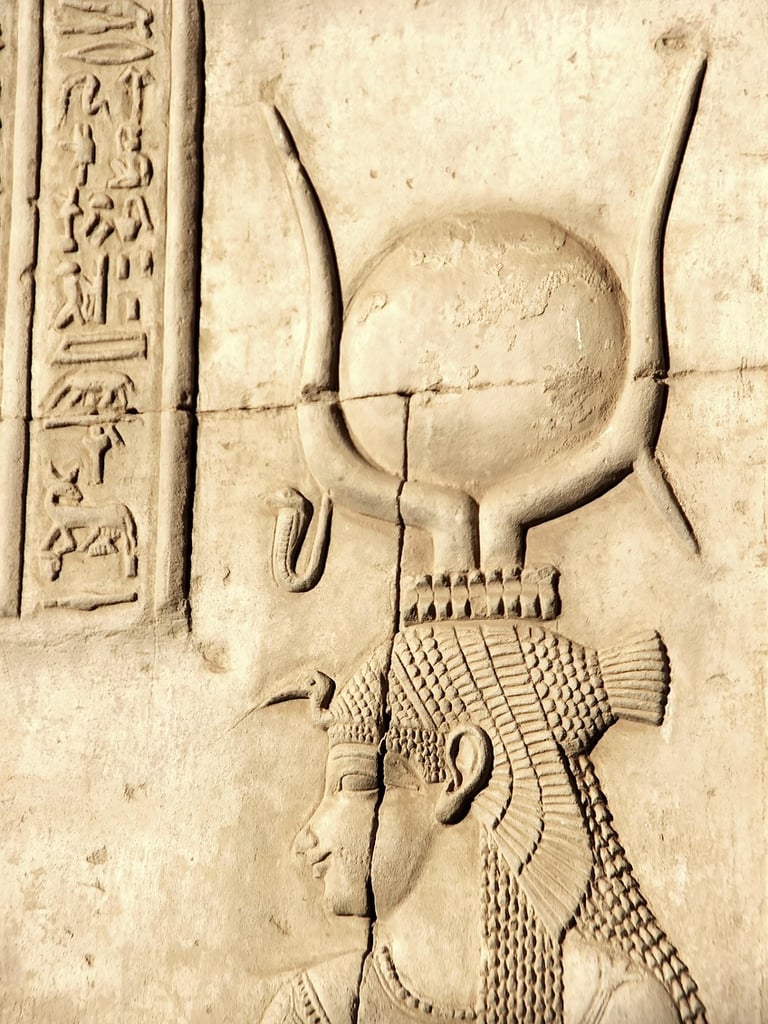

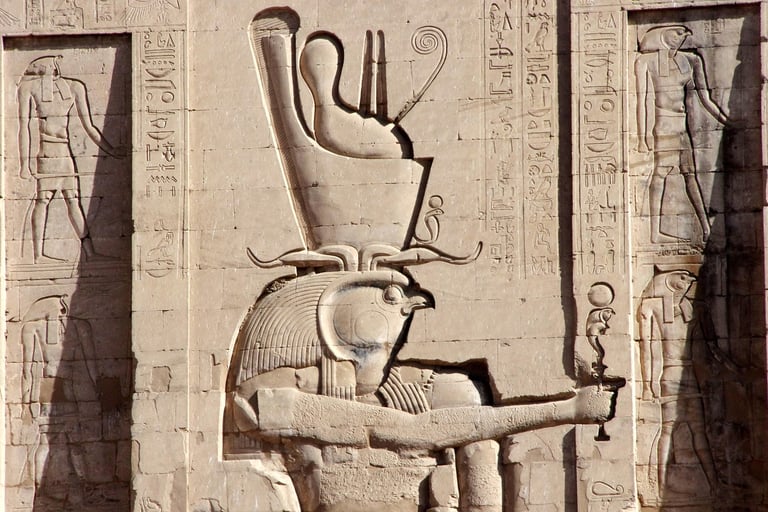

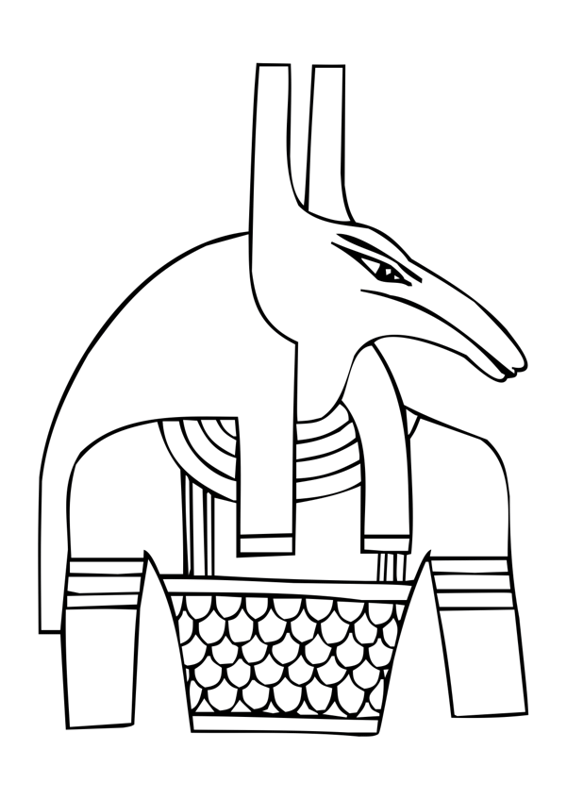

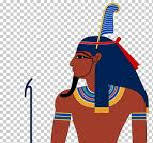

480-366-3550 (Domain Sales)
© SDBEST LLC, 2025. All rights reserved.
Sponsorship Disclosure
Terms of Service
